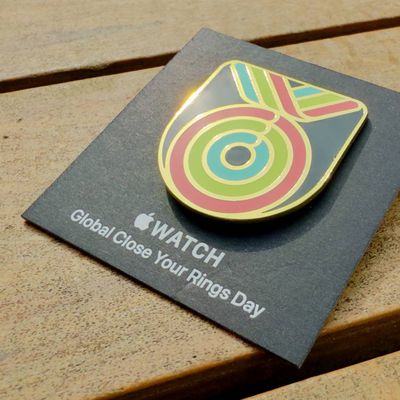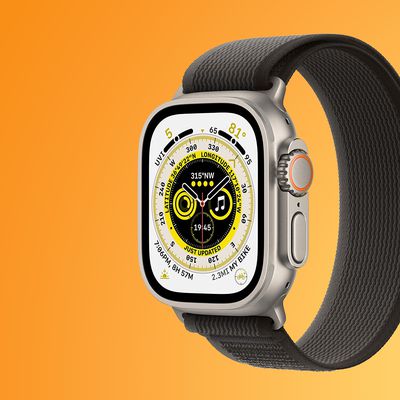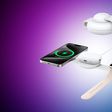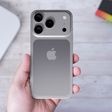Apple's upcoming mixed reality headset will be equipped with an advanced eye tracking system, Apple analyst Ming-Chi Kuo said this evening in a note to investors that was seen by MacRumors.

The eye tracking system will feature a transmitter and receiver that can detect and analyze eye movement information, providing users with images and information based on algorithms.
Apple's eye tracking system includes a transmitter and a receiver. The transmitting end provides one or several different wavelengths of invisible light, and the receiving end detects the change of the invisible light reflected by the eyeball, and judges the eyeball movement based on the change.
Kuo says that most head-mounted devices are operated by handheld controllers that can't provide a smooth user experience. He believes that there are several advantages to an eye tracking system like the one Apple will use, including an intuitive visual experience that interacts seamlessly with the external environment, more intuitive operation that can be controlled with eye movements, and reduced computational burden in the form of a reduced resolution where the user is not looking.
There is no word yet on whether Apple's headset will be able to support iris recognition, but Kuo says that based on hardware specifications, an iris recognition feature should be possible. If this can be implemented, Kuo expects users will be able to use it for a "more intuitive Apple Pay method" when using headsets.
This is not the first time we've heard rumors of an eye tracking system. The Information previously said that the headset will feature advanced eye tracking capabilities along with more than a dozen cameras for tracking hand movements.
Kuo earlier this month said that Apple would release its mixed reality headset in "mid-2022," with the headset to then be followed by augmented reality glasses in 2025.
Prior rumors have indicated that the headset will offer both VR/AR capabilities, much like other mixed reality headsets on the market. The headset will include Sony's Micro-OLED displays to provide a "see-through AR experience" as well as a VR experience.
Bloomberg has said that the headset will be a "mostly virtual reality device" offering a 3D environment for gaming, watching videos, and communicating. AR functionality will be limited, and Apple plans to include powerful processors to handle the gaming features.
The headset is expected to be "portable" and lighter than other head-worn VR devices on the market, but it will carry a premium price and could cost somewhere around $1,000 in the United States.























